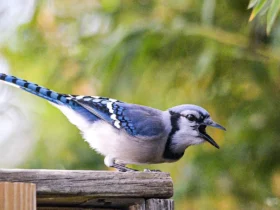In the tranquil landscapes of Japan, a petite and charming bird known as the Japanese Robin (Larvivora akahige) graces the woodlands and gardens with its elegant presence. With its distinctive appearance, cultural significance, and embodiment of beauty and resilience, this robin species holds a special place in the hearts of bird enthusiasts and the cultural fabric of Japan. In this article, we explore the enchanting world of the Japanese Robin, delving into its appearance, behaviors, habitat, and its unique role in Japanese society.
Japanese Robin images
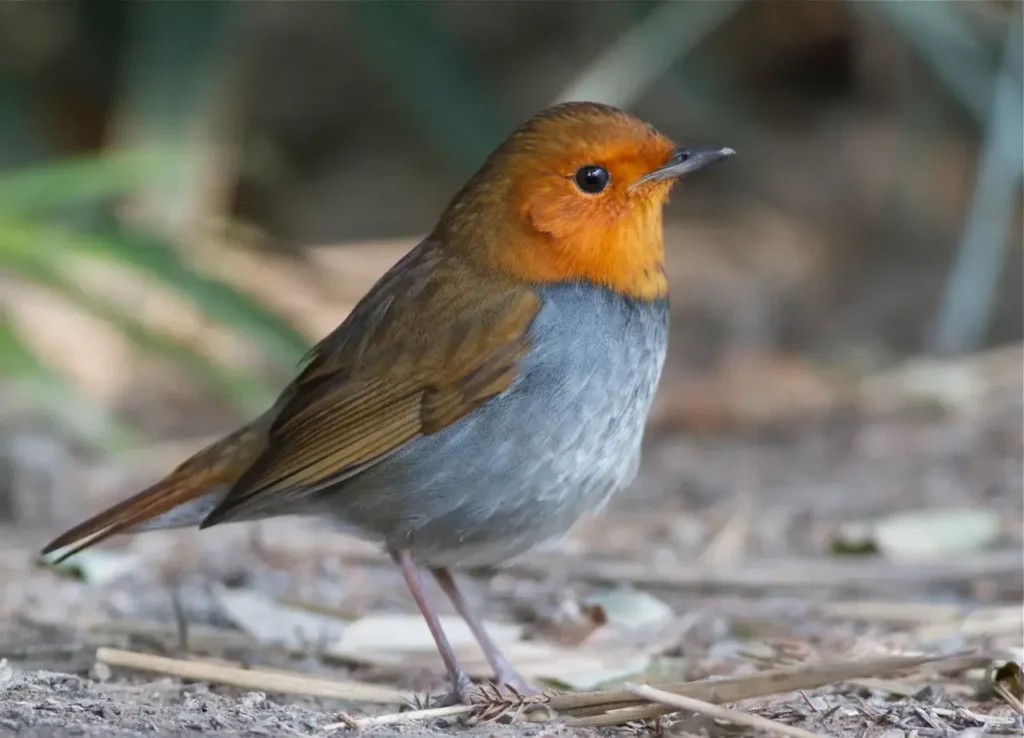
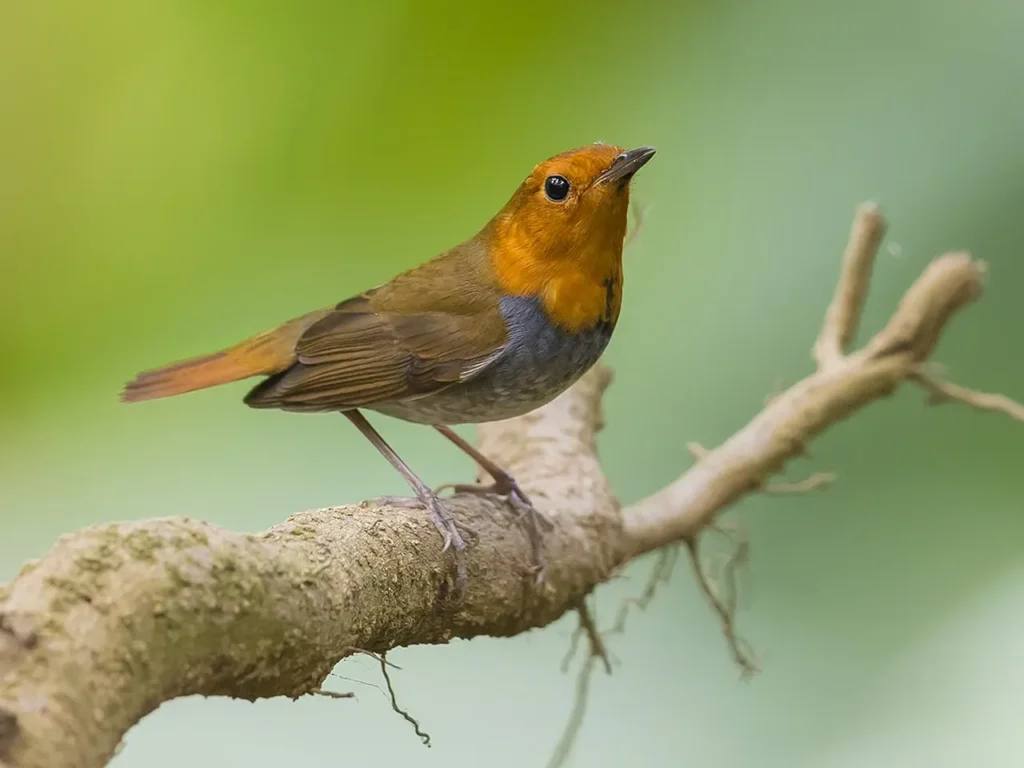
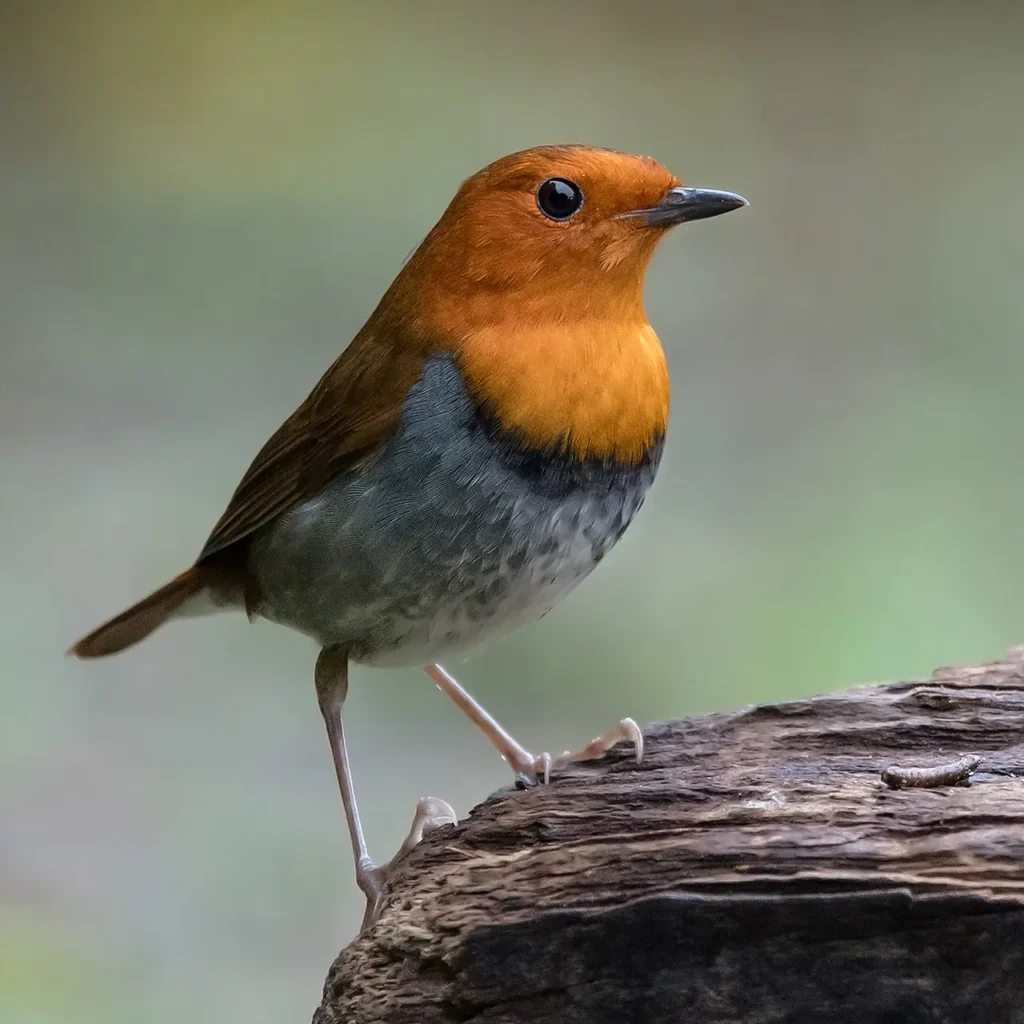
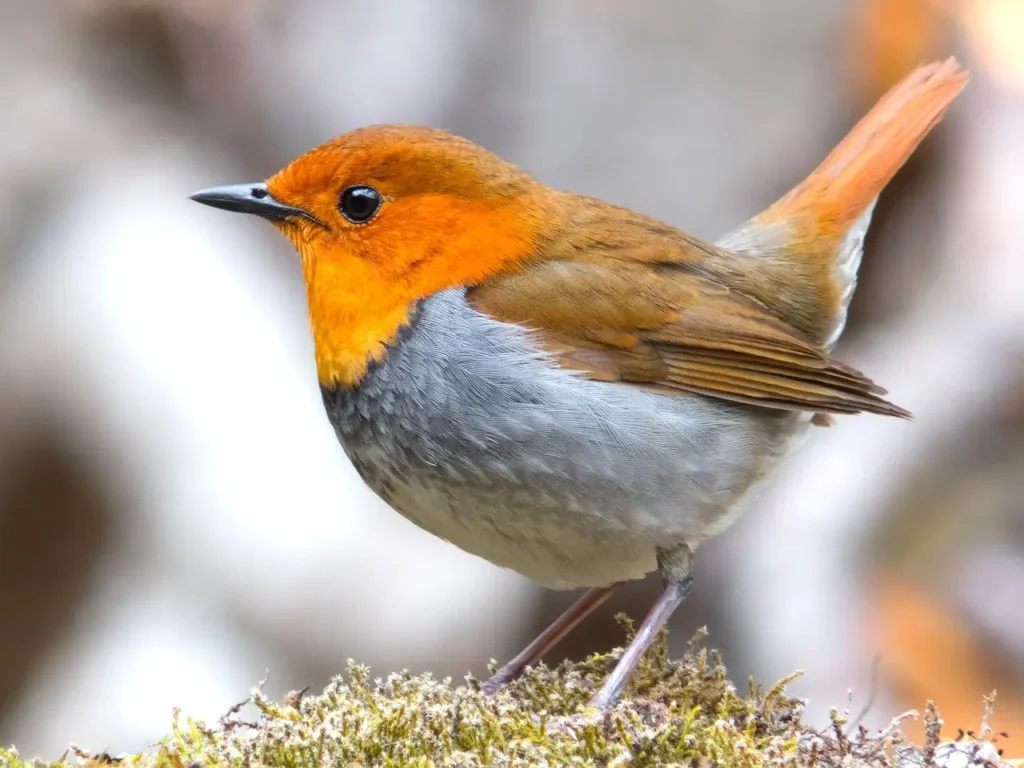
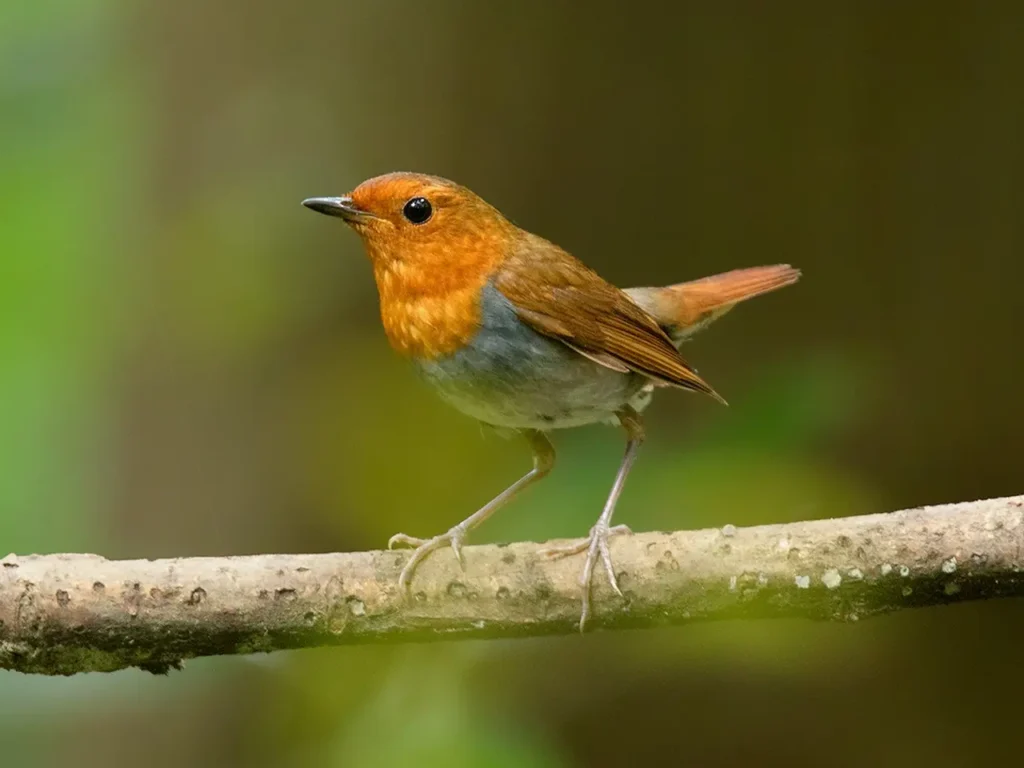
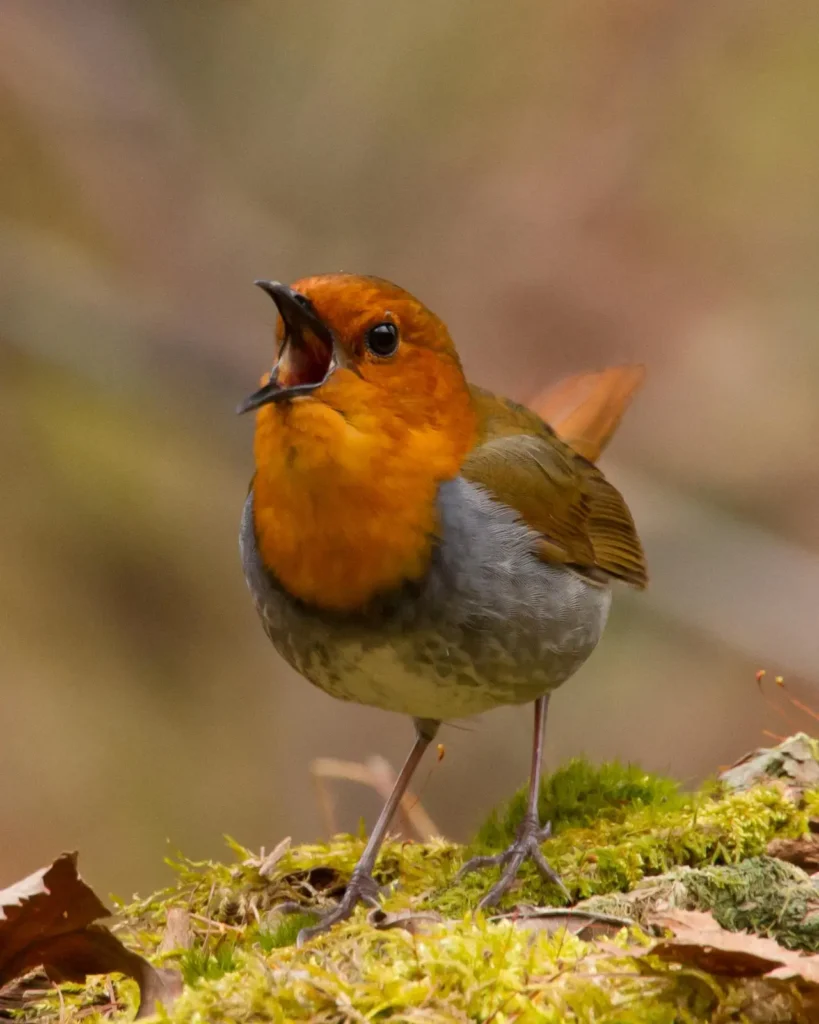
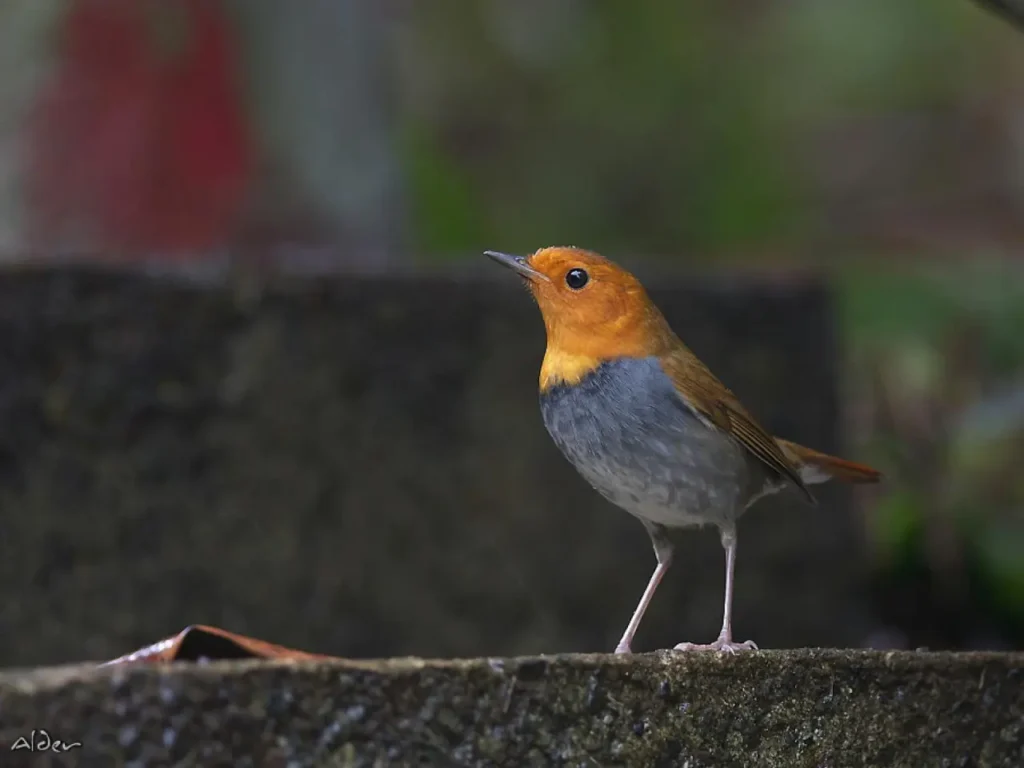
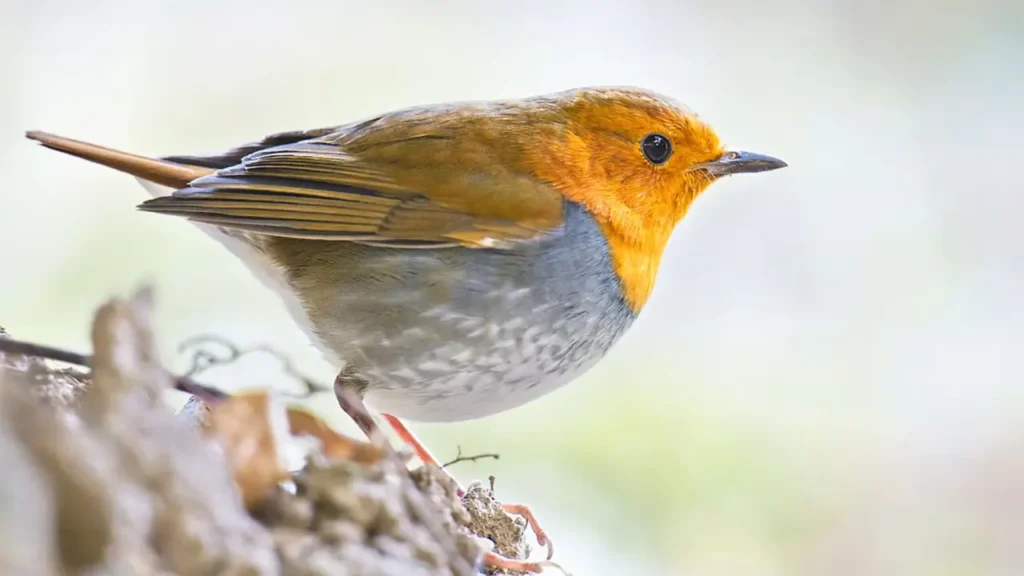
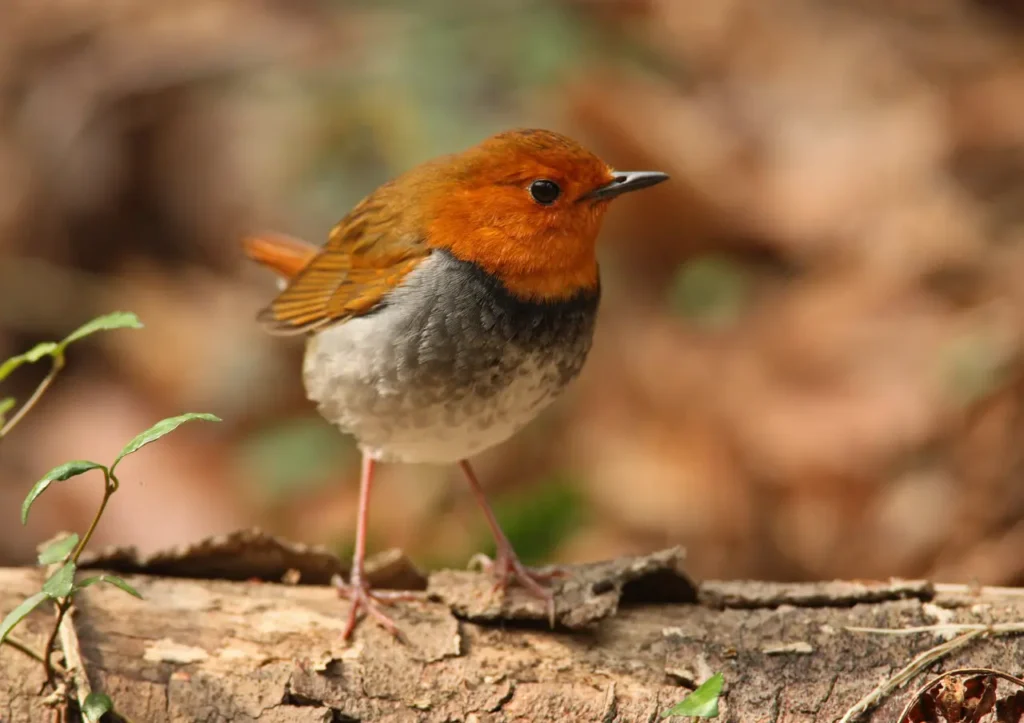
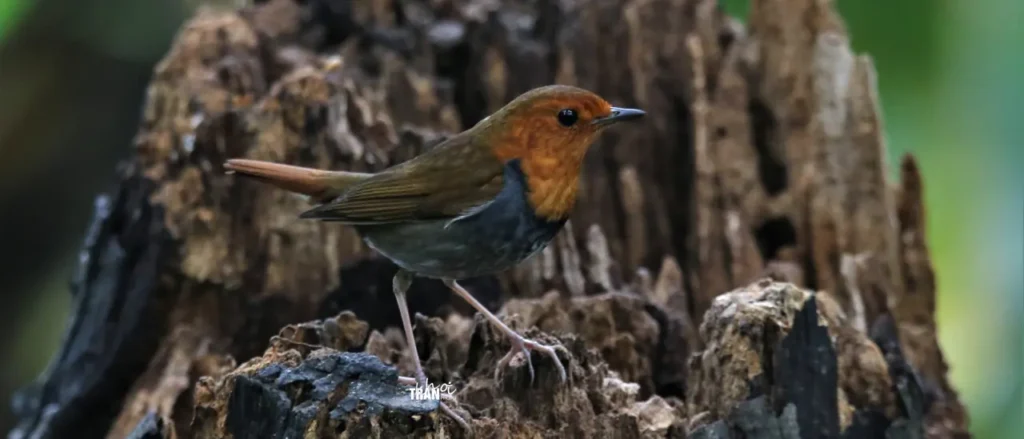
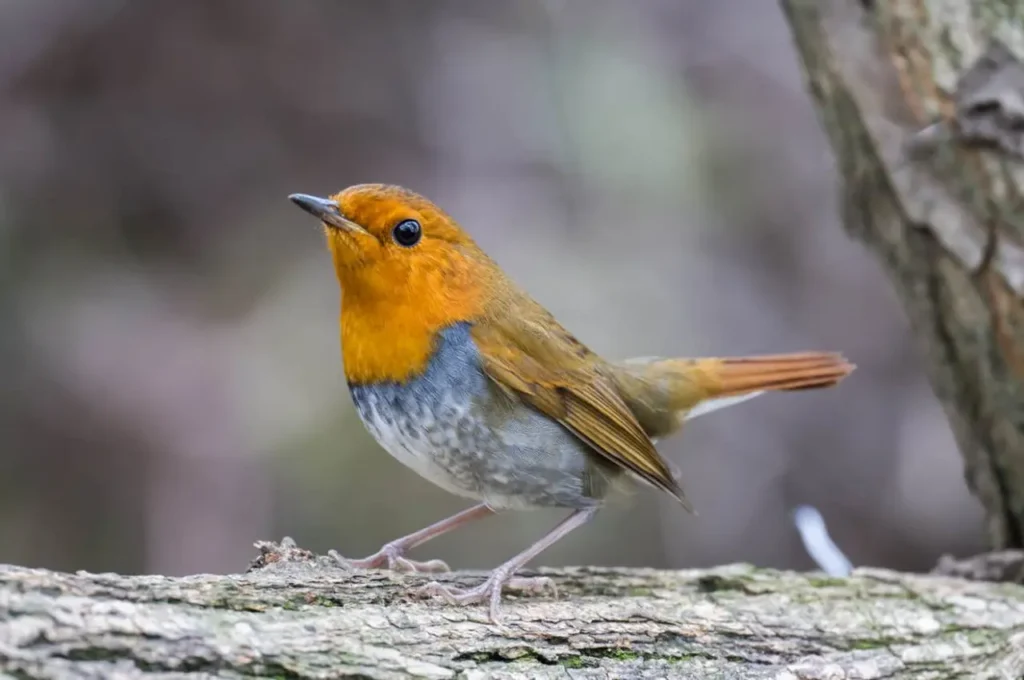
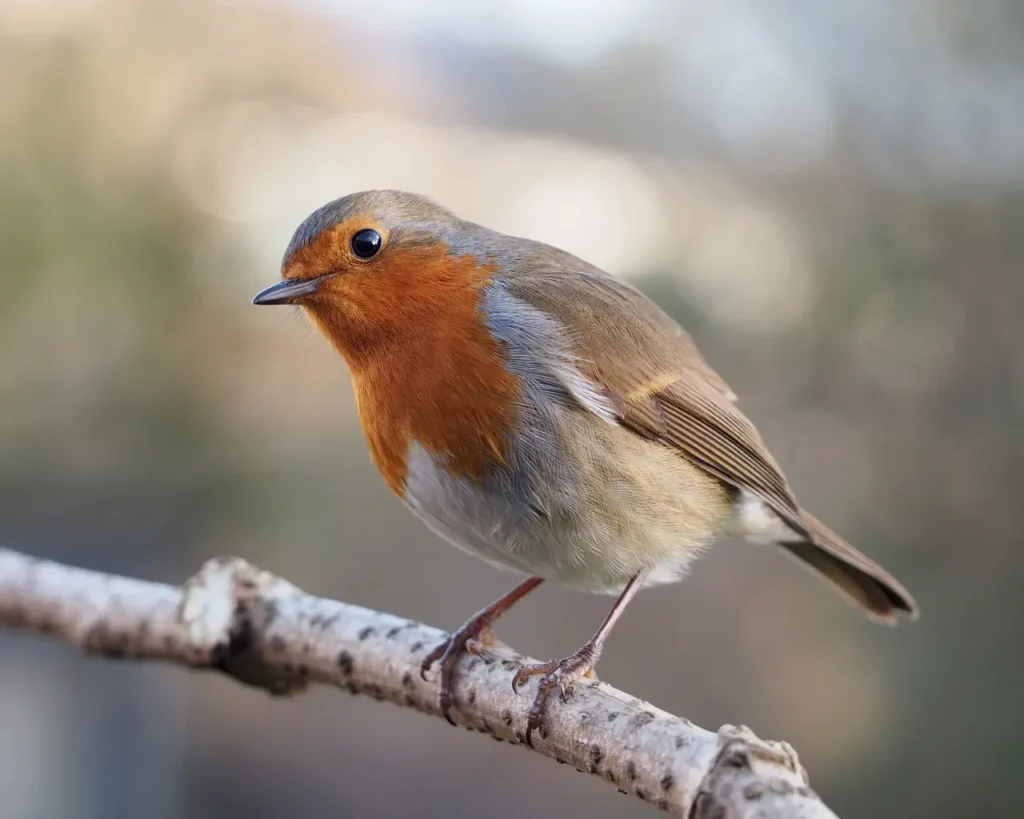
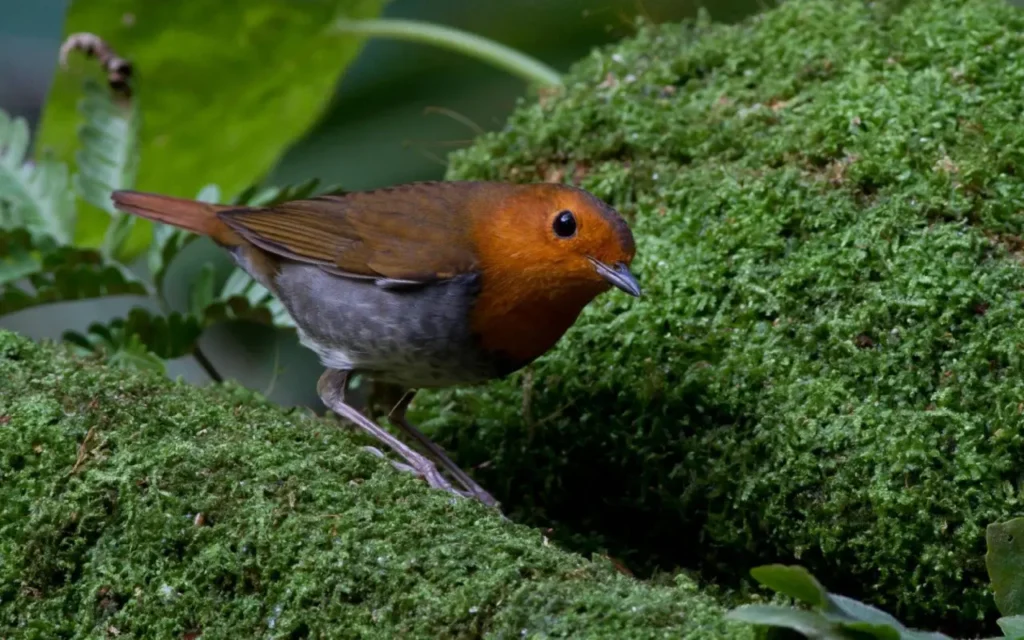
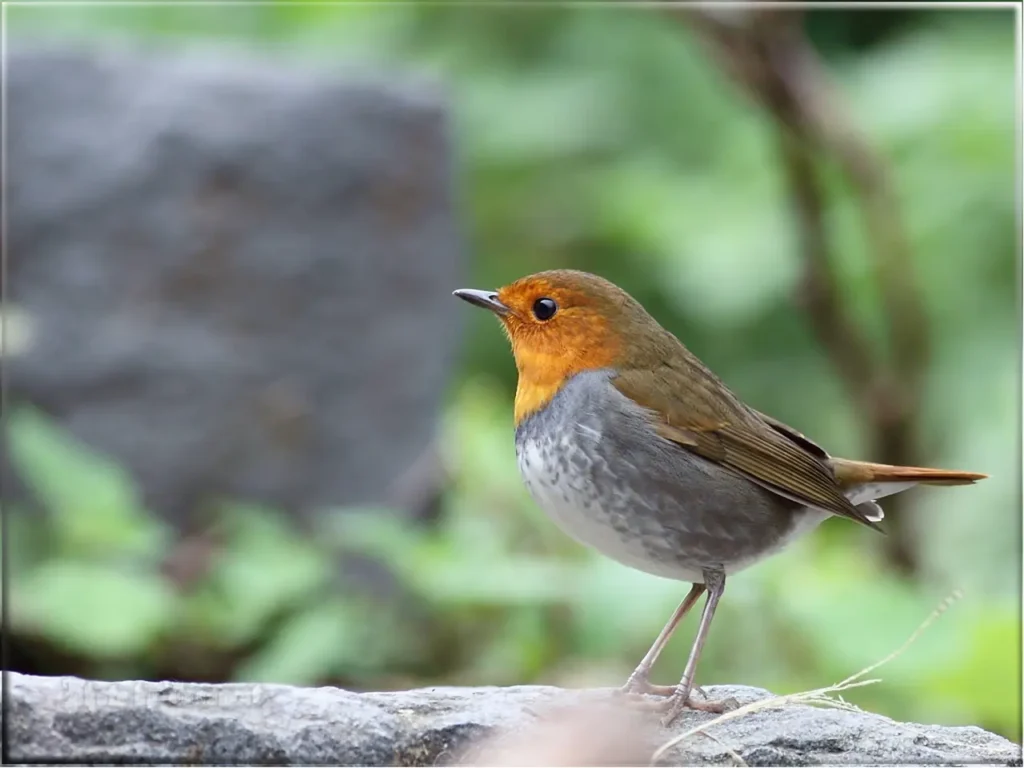
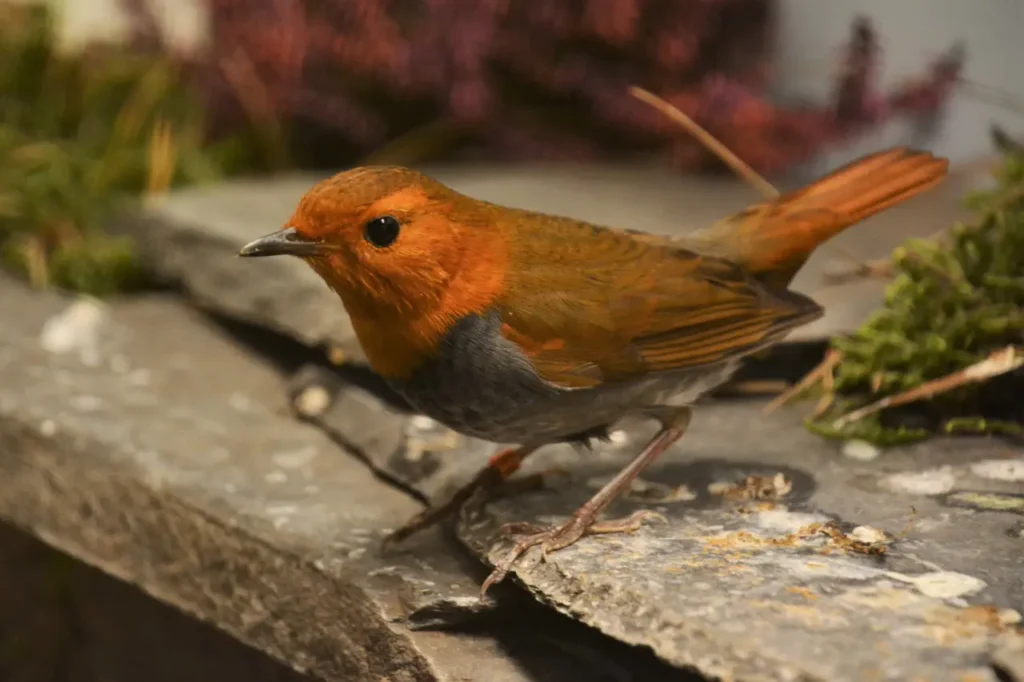
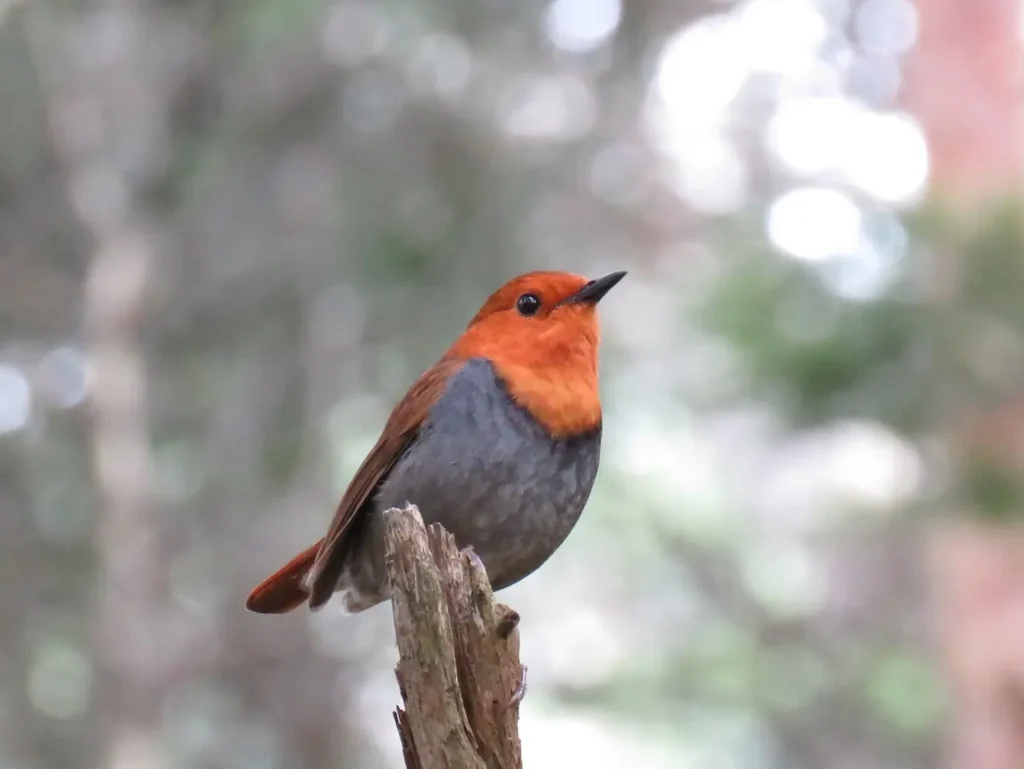
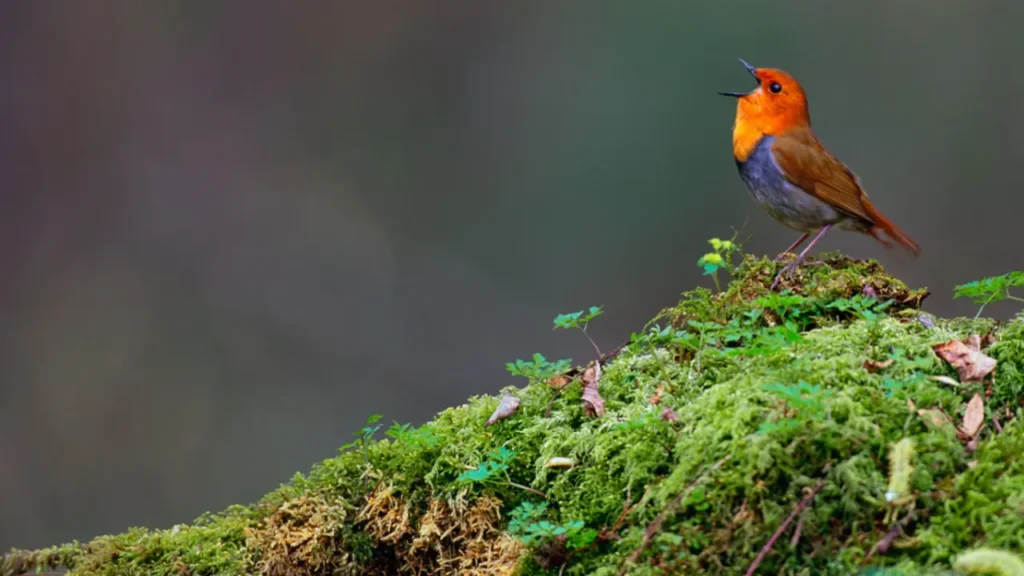
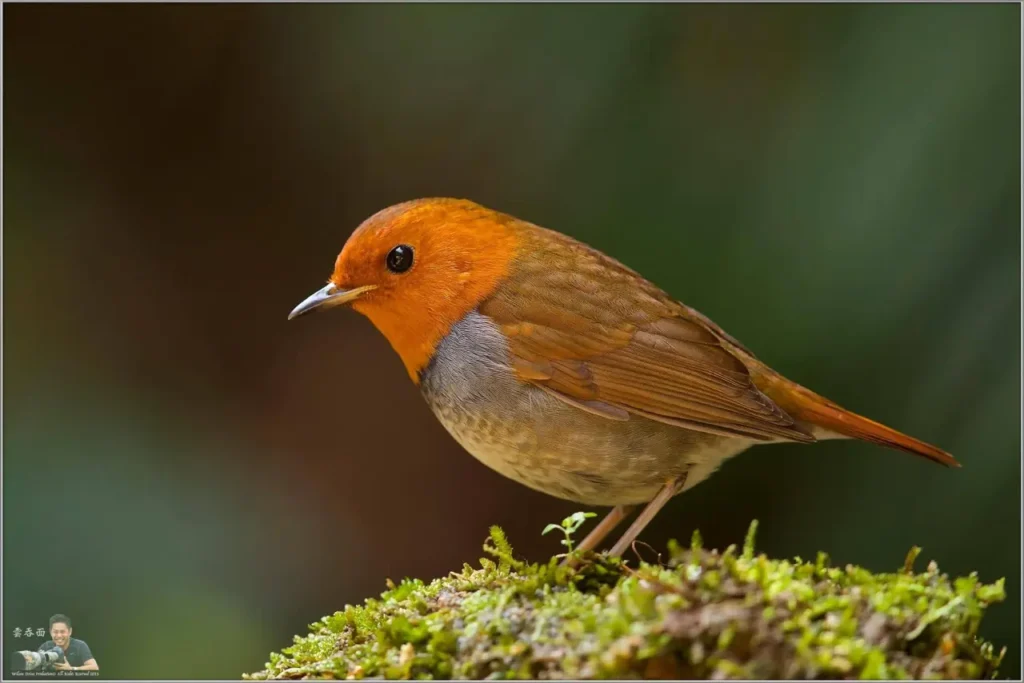
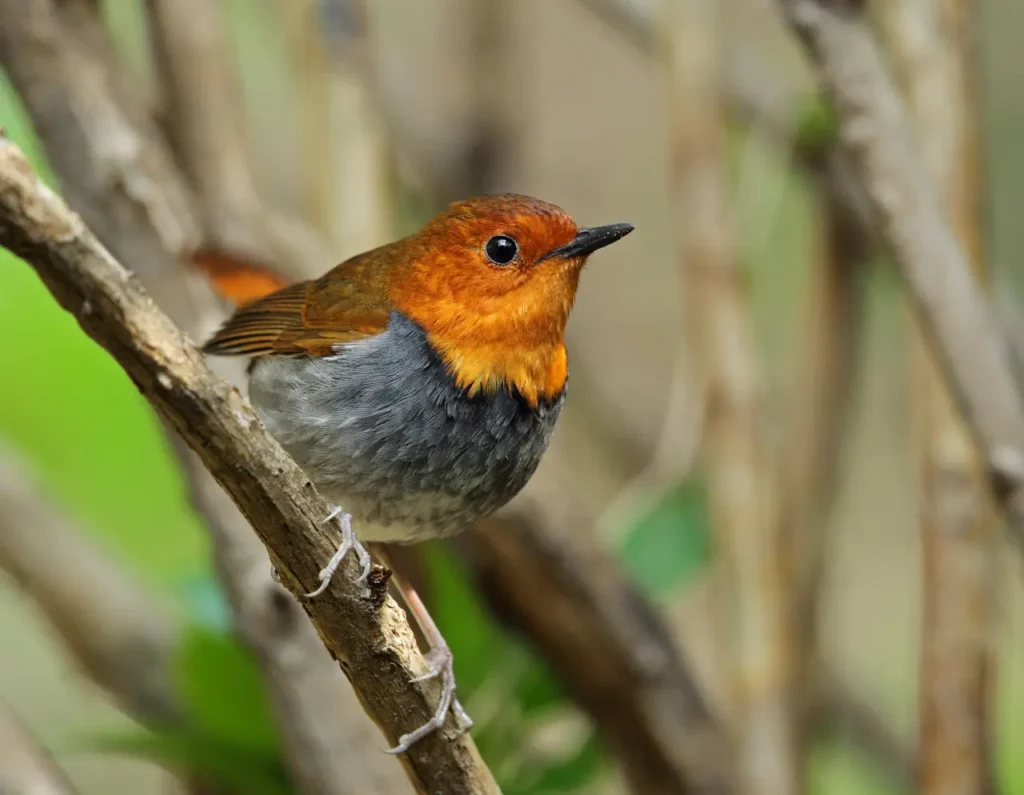
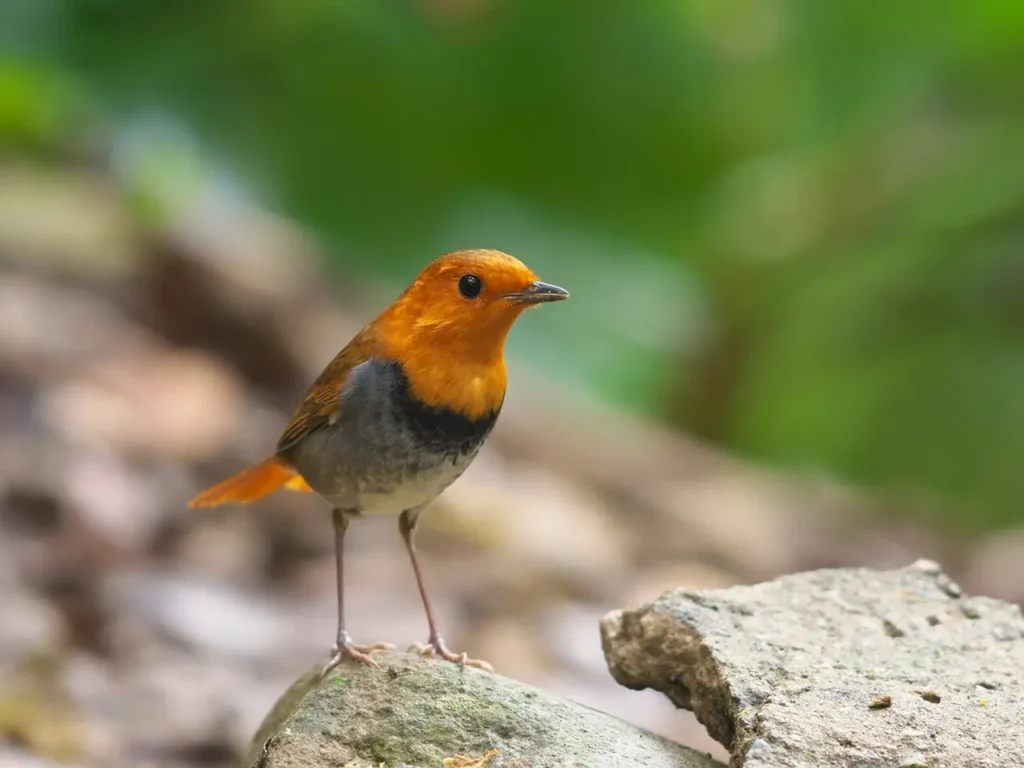
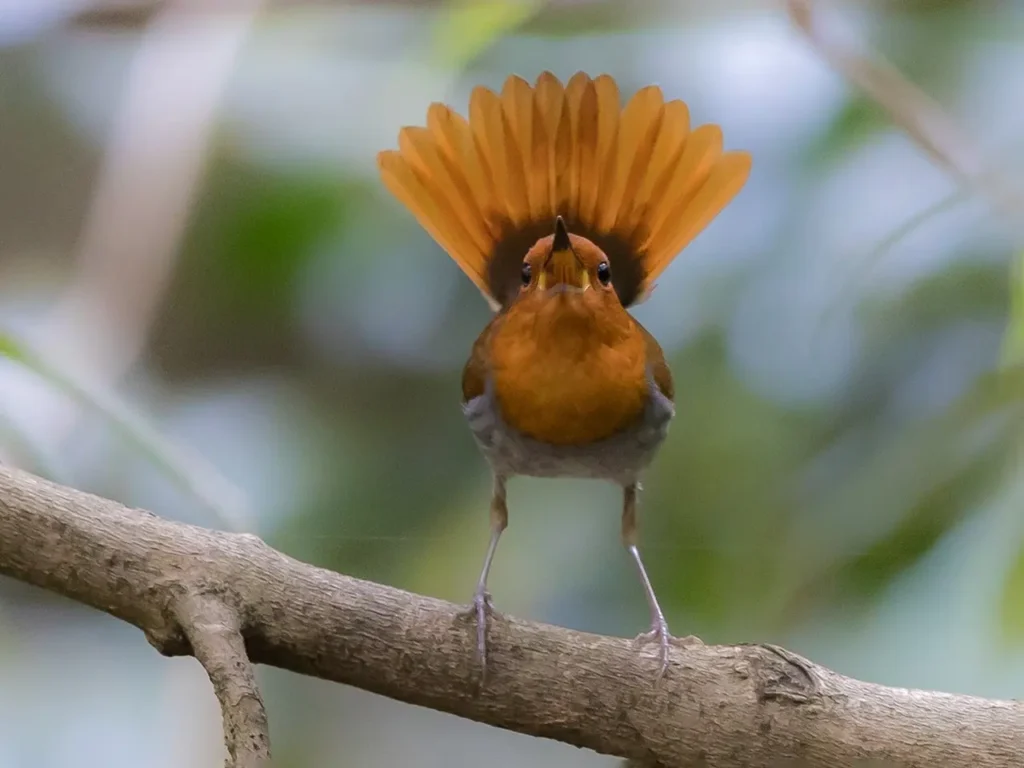
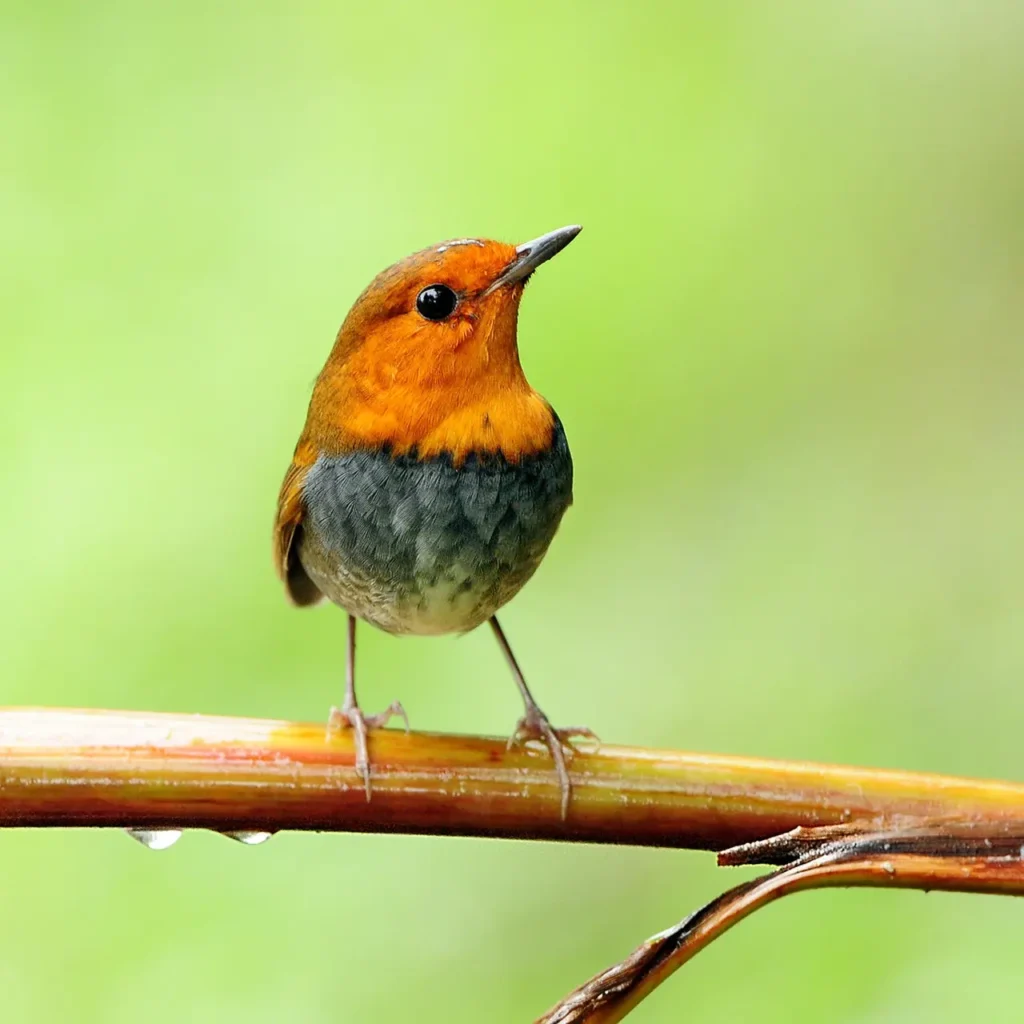
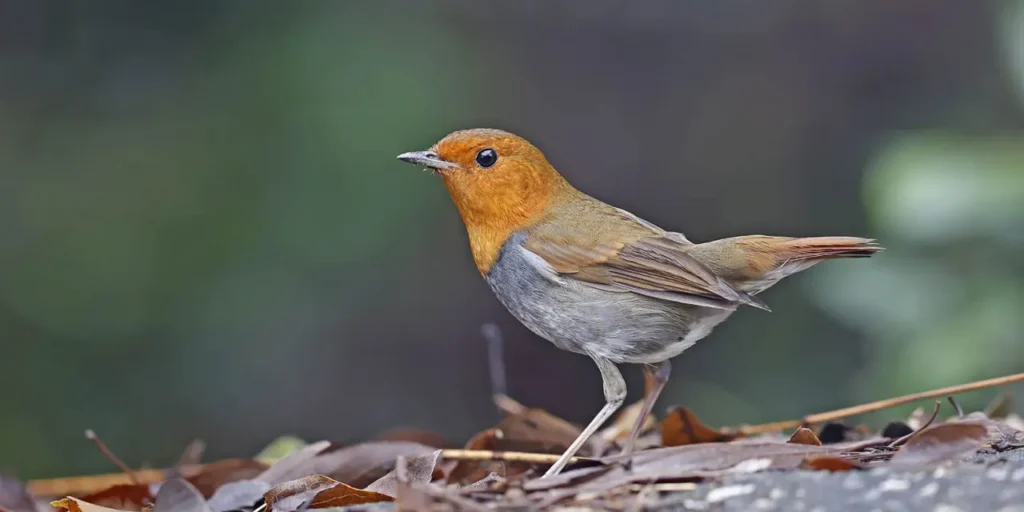
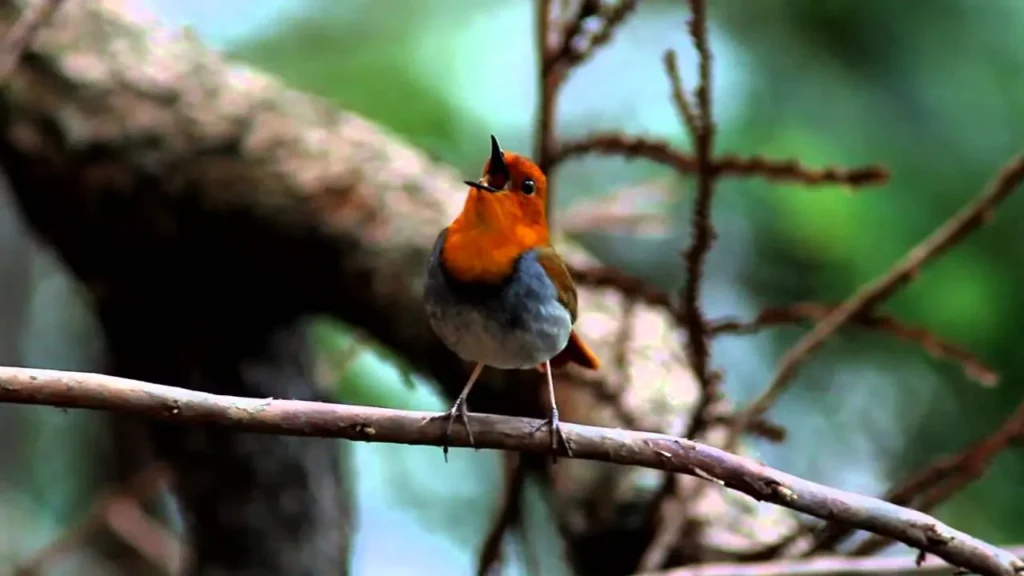
Appearance and Characteristics
The Japanese Robin boasts an understated beauty that captures the essence of elegance. With its ash-gray upperparts, pale underparts, and a prominent white eye-ring, this robin is characterized by a subtle yet striking color palette. The name “akahige,” which means “red beard” in Japanese, refers to the reddish hue on its throat. Males and females share similar appearances, with the males typically exhibiting slightly brighter colors.
Behavior and Habitat
The Japanese Robin is known for its shy and reserved nature. It often forages close to the ground in woodlands, gardens, and forested areas, where it feeds on insects and small invertebrates. These robins are skilled singers and their melodious songs add a touch of serenity to the natural surroundings.
Cultural Significance
The Japanese Robin, known as “komadori” in Japanese, has woven itself into the cultural tapestry of Japan. In traditional Japanese poetry and literature, these birds symbolize the arrival of spring and renewal. Their presence is associated with positive omens and the changing of seasons, reflecting the deep connection between humans and the natural world.
Conservation and Challenges
While the Japanese Robin is not currently considered endangered, it faces challenges similar to many bird species, including habitat loss and changes in land use. Urbanization and modernization have led to alterations in their natural habitats, highlighting the importance of conservation efforts to protect the delicate balance of Japan’s ecosystems.
Resilience and Symbolism
The Japanese Robin’s ability to thrive in a range of environments, from natural woodlands to urban gardens, serves as a symbol of resilience and adaptability. In Japanese culture, these traits are often associated with the human spirit and the ability to overcome challenges.
The Japanese Robin, with its subtle beauty, cultural significance, and representation of resilience, embodies the intricate connection between nature and human society. Whether seen flitting among cherry blossoms in a serene garden or revered in poetry that celebrates the changing seasons, these robins remind us of the harmonious relationship between humans and the natural world. By preserving their habitats and cherishing their symbolism, we honor the timeless beauty and resilience that the Japanese Robin brings to our lives.
